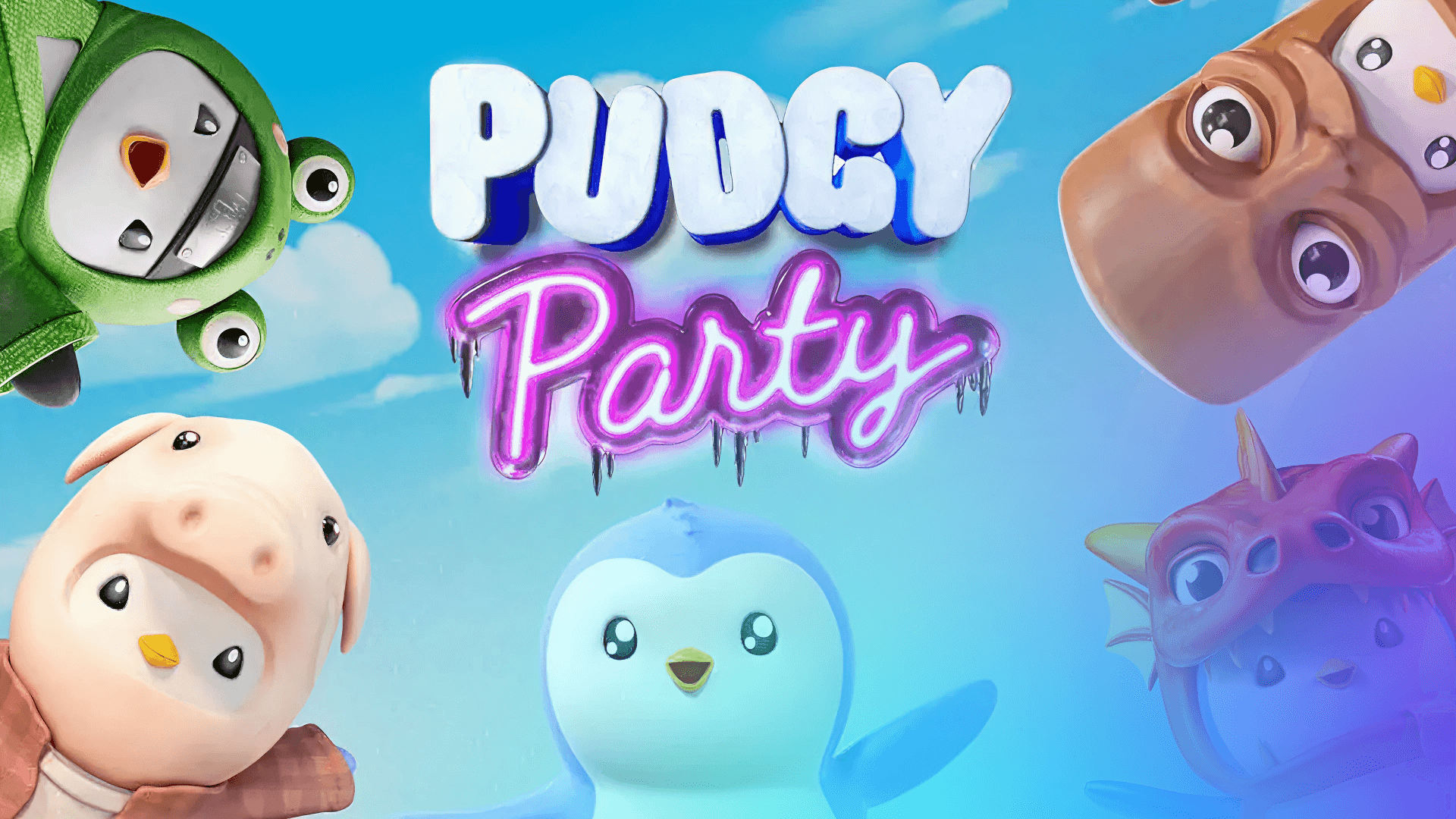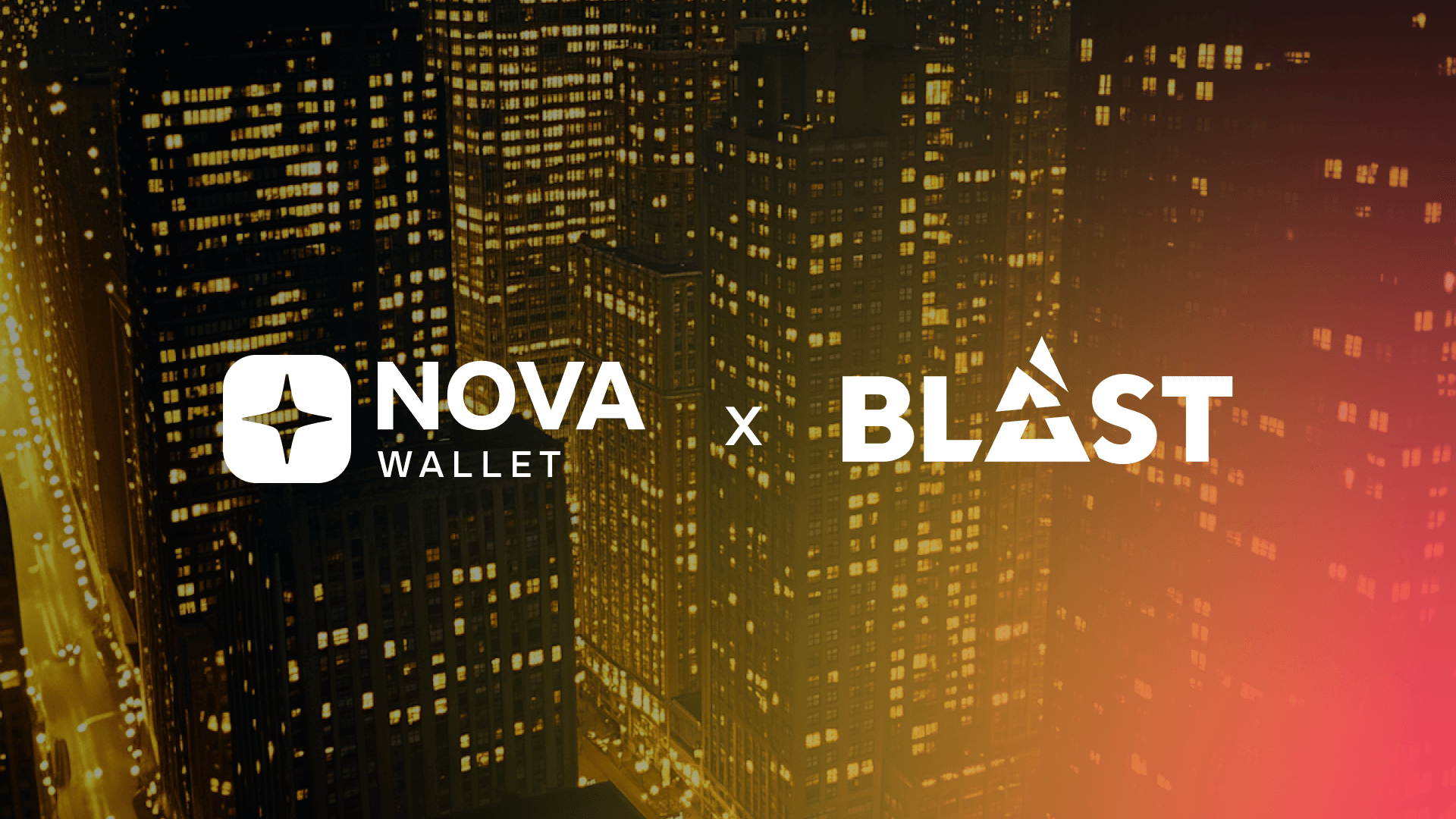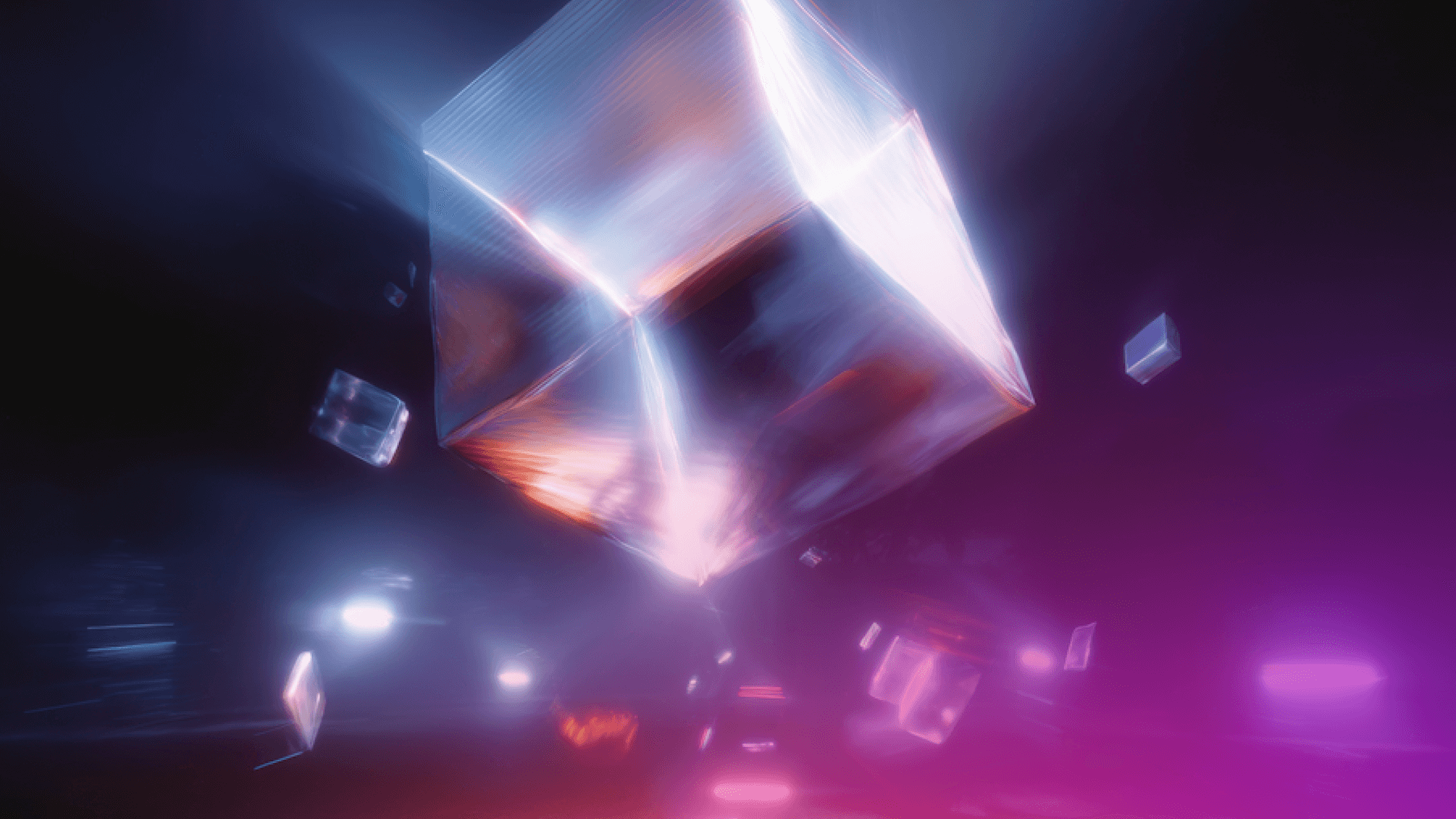The gamer’s guide to blockchain: Ownership, influence, and what comes next
Web3 gaming is redefining ownership, player agency, and game design. Discover what’s changing and how Polkadot is helping build more immersive, community-first experiences.
 By Joey Prebys•May 29, 2025
By Joey Prebys•May 29, 2025
What you can expect
- A look at how game ownership has evolved and where blockchain fits in
- A breakdown of the tech that makes a game truly “onchain”
- The real benefits (and current challenges) of building player-first games
- Examples of blockchain games live today, including projects built on Polkadot
- Why Polkadot is uniquely positioned to support the future of immersive, interoperable gaming
Video games evolve with the technology that powers them. Today, that evolution is entering a new frontier: Web3 gaming, where players help shape the game and carry their progress across platforms.
Rather than introducing yet another monetization model, Web3 gaming rethinks how players interact with games, giving them more control, deeper ownership, and a genuine voice in the worlds they help bring to life.
In this blog, we’ll break down what Web3 gaming is, how it works, and why it’s gaining traction with players and developers alike. We’ll also look at how Polkadot supports games where players aren’t just participants, but collaborators.
A brief history of gaming and asset ownership
Gaming has always been shaped by the tech surrounding it. In the early days, your progress lived on a cartridge. Later, it moved to a hard drive. Eventually, it lived in the cloud. Each shift changed how players engaged with games, but ownership rarely kept up.
As gaming moved from consoles to online platforms like Steam and Xbox Live, assets evolved. What began as static content, like the Sims mansion you spent hours designing, became tradeable items, like high-level gear or gold in World of Warcraft. But these were still locked to a platform, and any value you created stayed behind when you moved on.
Over time, players started asking for more: more customization, more influence, and more meaningful connections to the games they spent time in. Community-driven modding, fan-led development feedback, and user-generated content all pointed to a clear trend. Players didn’t just want to play—they wanted to participate.
This shift set the stage for Web3 gaming. It didn’t come out of nowhere. It’s part of a longer arc: one where players expect more control, more continuity, and a bigger role in shaping the games they care about. Now, those same in-game items—gear, currencies, characters—are becoming assets that players can truly own and carry across platforms.
What makes a game “blockchain”?

So, what does it actually mean for a game to use blockchain? It’s not just about adding a crypto wallet or selling digital collectibles. A true blockchain game integrates decentralized technology into the foundation of how it works, changing the way data, assets, and decisions move between players and developers.
This type of game is often called Web3 gaming—a broader term for games that use blockchain infrastructure to give players more control, deeper ownership, and new ways to participate in game worlds.
Here’s what that looks like in practice:
- Onchain assets: Items, characters, and currencies aren’t stored on a company’s private server. They exist on a public blockchain, allowing players to truly own, trade, or sell them, without relying on the game’s publisher to make that possible.
- Smart contracts: Elements like marketplaces, reward systems, or even voting mechanisms can be programmed directly into the game using smart contracts. These are bits of code that automatically execute when certain conditions are met, helping to enforce rules transparently and fairly.
- Decentralized backends: Instead of routing all gameplay and data through a centralized publisher, some parts of the game can be distributed across a network. This opens up new possibilities for multiplayer systems, persistent worlds, and community-run services.
- Interoperable frameworks: Games can be built with tools and standards that make it easier to share items or data with other games. Ecosystems like Polkadot give developers the flexibility to build cross-game connections from the start.
These choices aren’t just technical—they directly affect the player experience. They enable real ownership, transparent decision-making, and more flexible in-game economies, creating a foundation for games that are more collaborative, connected, and player-first.
What are the benefits of Web3 gaming?
The benefits of Web3 gaming aren’t just technical. They’re about designing better player experiences that feel more meaningful, more flexible, and more fair.
- More meaningful gameplay: When players own their in-game assets, their time and progress carry more weight. Collecting, trading, or building becomes more than a temporary grind. Ownership adds meaning, not just cost.
- Community input: Web3 games can include systems that let players vote on changes, balance updates, or new content. Developers still lead the vision, but communities help shape how games evolve. This leads to stronger buy-in and more sustainable engagement.
- Cross-game potential: Instead of items being trapped in one game, blockchain makes it possible to move assets across titles or ecosystems. Although still developing, cross-game economies could open up new creative opportunities for players and developers.
- Transparency and fairness: Web3 infrastructure makes it easier to understand how game economies work and to verify the rarity or value of in-game items. Smart contracts help enforce fair rules, and decentralized systems reduce the risk of one-sided control or sudden shutdowns.
Web3 gaming gives players a larger role in the games they care about. It’s not just about owning more, but about actively participating in how games are built, updated, and experienced.
Common challenges and how they are being addressed

Web3 gaming is still new, but many early challenges are already being addressed.
- Skepticism around blockchain and NFTs: Many players hear “blockchain” and think of overpriced NFTs or games built around flipping assets. But the current wave of Web3 games is reframing the conversation. Instead of speculation, the focus is shifting toward asset ownership: giving players meaningful control over what they earn and build, without needing to “buy in” to participate.
- Gameplay quality concerns: Some of the earliest blockchain games prioritized token mechanics over actual gameplay. But that’s changing. Today’s top Web3 titles are led by experienced studios and indie developers who understand that engaging gameplay comes first. Asset ownership and governance are layered to enhance the experience, not replace it.
- Scalability and performance: One of the biggest technical hurdles for blockchain games has been scaling multiplayer experiences without sacrificing speed or reliability. Platforms like Polkadot solve this through modular architecture that lets developers build specialized environments with high performance and low latency, even at scale.
- Onboarding and accessibility: Wallets, tokens, and unfamiliar terminology can make Web3 gaming feel intimidating. But newer games are streamlining onboarding through embedded wallets, social logins, and smoother UX. Players don’t need to be crypto experts—they can just play and learn as they go.
These challenges are real but increasingly solvable, especially by teams focused on long-term trust.
Examples of blockchain gaming in practice
The shift toward player ownership and community governance isn’t just theoretical. A new generation of games is actively using blockchain technology to give players more meaningful control over their experiences—and in some cases, the direction of the game itself.
Mythical Games is one of the most prominent teams building on Polkadot. They’re leveraging the network to enable true digital asset ownership at scale, helping players trade and manage their items independently of any one platform. With Polkadot’s performance and flexibility, they can build fast, secure experiences that don’t sacrifice gameplay quality. Games like NFL Rivals and Nitro Nation: World Tour let players collect, upgrade, and trade assets they actually own, enhancing both gameplay progression and the connection players feel to their collections.
Evrloot and Exiled Racers highlight the diversity of Polkadot’s gaming ecosystem. Evrloot blends strategy, lore, and digital collectibles in a fantasy RPG setting, while Exiled Racers focuses on competitive racing with player-owned vehicles and open economies—both backed by interoperable, scalable infrastructure.
Outside the Polkadot ecosystem, other studios are also pushing the boundaries of player agency. Illuvium is a visually rich auto-battler RPG that allows players to own, trade, and battle with collectible creatures, all governed by a community DAO. And Star Atlas, now live in early form, is building an expansive space massively multiplayer online (MMO) game where real economic stakes and community governance shape the future of the game.
These examples share a common thread: a shift away from closed systems and toward games where players aren’t just participants, but collaborators and stakeholders. While the genres vary, the vision is consistent and increasingly possible with infrastructure like Polkadot powering the next wave of development.
Why Polkadot is the natural home for the next era of gaming
As more studios explore Web3 gaming, one question keeps coming up: what kind of infrastructure can actually support the experiences players expect—fast, immersive, and community-driven?
Polkadot is uniquely suited to meet that challenge. Its modular architecture lets developers customize exactly what their game needs, whether it’s speed, scalability, asset interoperability, or flexible governance systems. Rather than forcing games into a one-size-fits-all blockchain, Polkadot provides the tools to build purpose-specific environments that perform at scale.
This kind of flexibility matters because Web3 games aren’t just about owning assets. They’re about designing entirely new kinds of game worlds, economies, and relationships between players and developers. Polkadot’s network is built to support that kind of experimentation and growth.
Beyond the tech, Polkadot’s ethos aligns with the values driving Web3 gaming forward. The ecosystem is governed by its community, open-source by default, and focused on empowering developers to build without gatekeepers. That culture of openness and collaboration is already attracting game studios that want to put players first.
Projects like Mythical Games are early proof points. They’ve chosen Polkadot because it allows them to scale player ownership systems without compromising speed, security, or experience. And as more teams build cross-game and player-governed systems, Polkadot’s vision of a connected, player-driven gaming ecosystem comes into sharper focus.
Web3 gaming is just getting started
By unlocking asset ownership, community governance, and portable in-game experiences, blockchain gives players more agency than ever before.
For developers, it’s a chance to design deeper, more flexible game worlds that evolve alongside their communities. For players, it’s a shift from being a user to being a stakeholder—someone with a real say in how a game grows over time.
Polkadot is built for this future. Its modular architecture, scalable infrastructure, and community-first design provide a foundation for games that are immersive, fair, and driven by the people who play them.
If you’re curious about what Web3 gaming can look like when it prioritizes experience over speculation, explore the Polkadot gaming ecosystem and discover what’s already being built.











